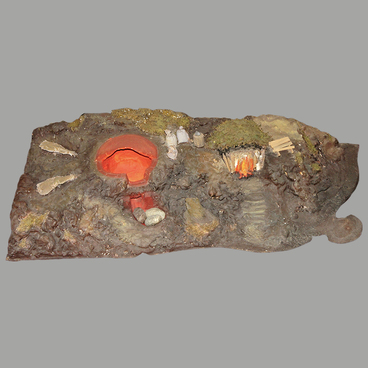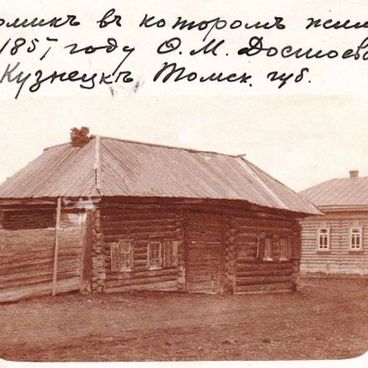The exposition has on its display the Medal of the Russian Empire for awarding military personnel who participated in the Russo-Japanese War, as well as for awarding medical workers and priests who were in service, civilians who distinguished themselves in military operations. It was established on January 21, 1906 by decree of Emperor Nicholas II. The medal had three main variants made of different metals: silver, bronze, dark bronze (copper). Medals made of different metals were awarded to different categories of awardees. The silver version was intended to award defenders of the Kwantung Peninsula (also Guangdong) and Port Arthur (now Luishun). All those involved in those military events, including even residents of Port Arthur, who participated in protection thereof, were awarded. The variant of the medal made of light bronze was intended for all military personnel and sailors, regardless of rank and position, including volunteers who were at least in one battle against the enemy on land or at sea. Medals of dark bronze (copper) were awarded to military personnel, which did not take direct part in battles, but served in the active armies and were in the Far East region or in areas along the Trans-Siberian railway and the Samara-Zlatoust railway or in areas that were under the martial law, up to the date of ratification of the peace treaty. Military personnel, sailors, border guards, militiamen, priests, doctors were also awarded accordingly with different variants of the medal, if those persons were on duty in the military or medical institutions.
The medal is made of light bronze. On the front of the medal is the eye of the Omniscience surrounded by rays. At the bottom, along the rim, there is the inscription: 1904-1905. On the reverse side there is the horizontal inscription in the Slavic font in five lines:
GOD
MAY
LIFT YOU UP
IN DUE
TIME
The inscription on the reverse of the medal is a quote from the New Testament (1 Peter. 5:6).
According to the book by A.A. Ignatiyeva Fifty years in service, the inscription on the reverse appeared as a result of a curios incident - it is stated that initially the text on the reverse was GOD MAY LIFT YOU UP, but when approving the draft of the medal Nicholas II wrote on the draft: ‘In due time to report, ’ which eventually made up the new text. The sustainability of this version was supported by the fact that there were medals minted in private workshops, on the reverse of which the text was shorter: GOD MAY LIFT YOU UP. In fact, when approving the design of the medal, Nicholas II personally chose the text on the reverse straight in the form in which it appeared on the medals.
The medal is made of light bronze. On the front of the medal is the eye of the Omniscience surrounded by rays. At the bottom, along the rim, there is the inscription: 1904-1905. On the reverse side there is the horizontal inscription in the Slavic font in five lines:
GOD
MAY
LIFT YOU UP
IN DUE
TIME
The inscription on the reverse of the medal is a quote from the New Testament (1 Peter. 5:6).
According to the book by A.A. Ignatiyeva Fifty years in service, the inscription on the reverse appeared as a result of a curios incident - it is stated that initially the text on the reverse was GOD MAY LIFT YOU UP, but when approving the draft of the medal Nicholas II wrote on the draft: ‘In due time to report, ’ which eventually made up the new text. The sustainability of this version was supported by the fact that there were medals minted in private workshops, on the reverse of which the text was shorter: GOD MAY LIFT YOU UP. In fact, when approving the design of the medal, Nicholas II personally chose the text on the reverse straight in the form in which it appeared on the medals.


